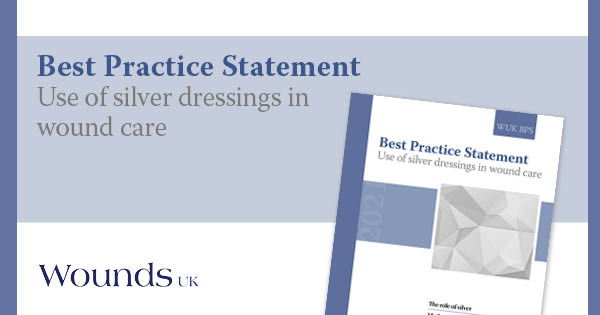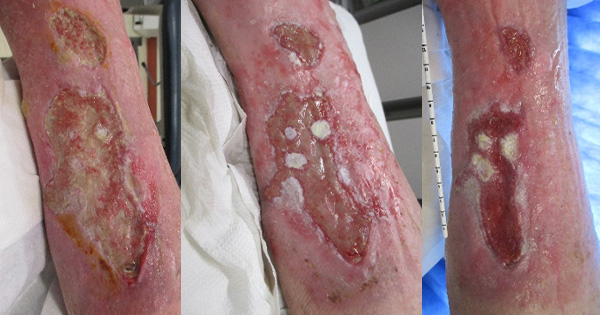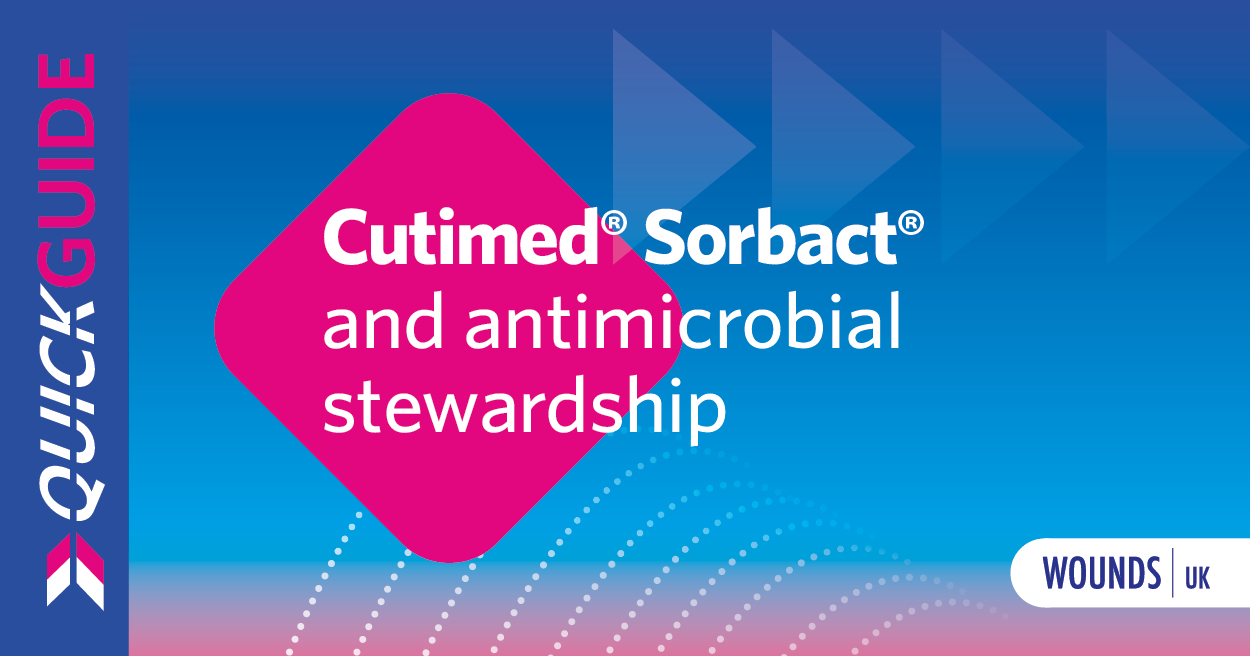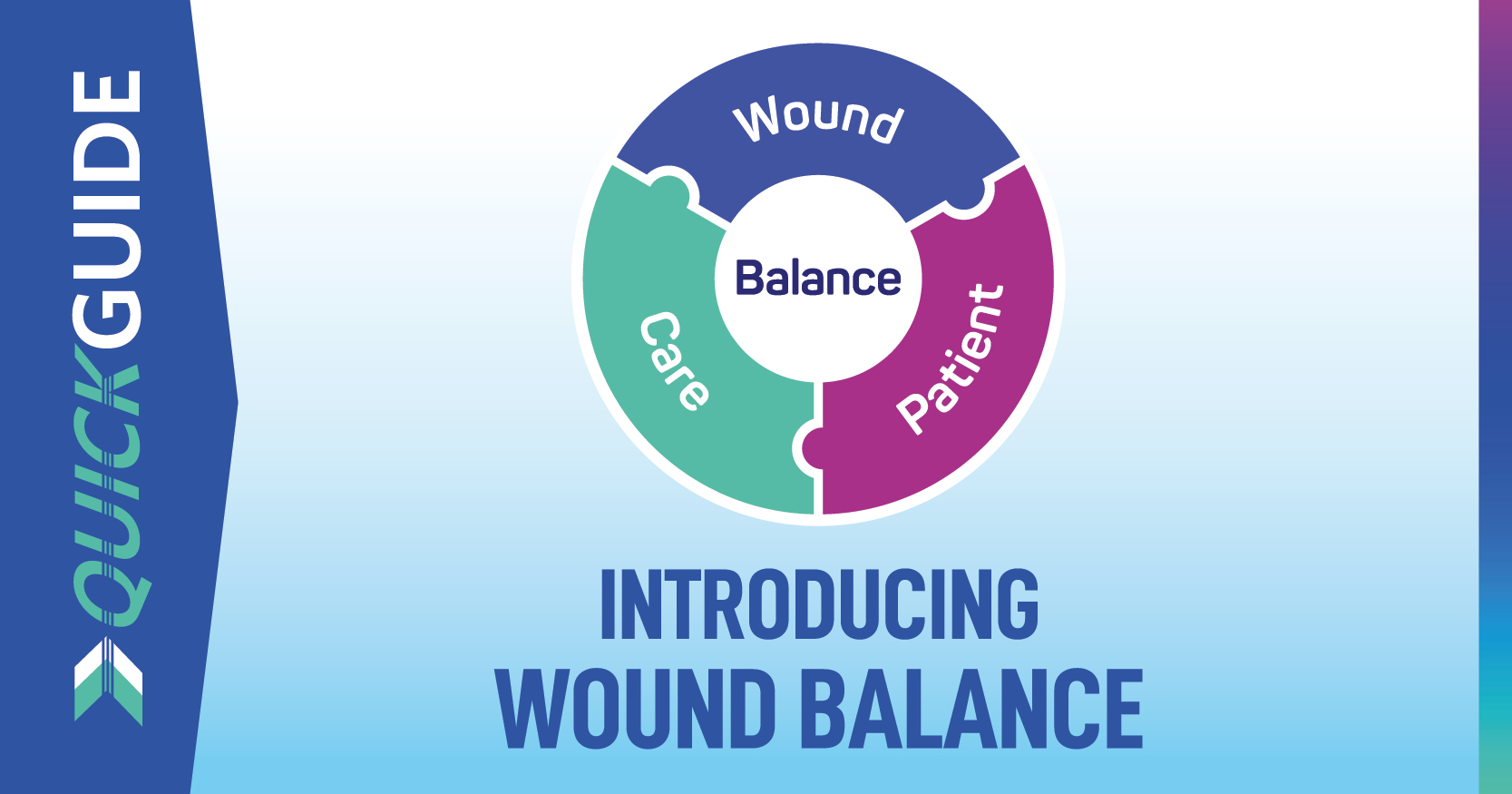Infection is an important issue in wound care. Early identification and intervention are key to the patient’s wellbeing and healing outcomes. Effective identification and treatment of wound infection remains a challenge in clinical practice.
Assessment and identification of infection should be carried out according to evidence-based best practice within a structured framework to standardise care. Identifying infection can be a challenge as the signs and symptoms of infection can be subtle. The Therapeutic Index for Local Infections (TILI) score is a diagnostic tool that was developed to facilitate identification of wound infection and aid decision-making for staff, regardless of level of expertise (Dissemond et al, 2020a). Once it is determined that a wound is infected, decision-making around treating infection can be complicated as there is a plethora of antimicrobial agents and products available.
Any infection management regimen should encompass awareness of biofilm and treatment strategies as appropriate, particularly in chronic or hard-to-heal wounds. Antimicrobial resistance (AMR) is also a global concern that requires consideration, and all infection treatment should take an approach informed by antimicrobial stewardship (AMS).
Silver is an effective antimicrobial, which can be incorporated into an AMS-based approach to infection management. It is important to note that not all silver products are the same and a decision-making framework such as the TILI score can help to guide appropriate selection.
This best practice document aims to:
- Provide an overview of silver as an antimicrobial and dispel myths about silver products and their use within wound care
- Introduce the TILI score as an assessment tool in practice to guide decision-making and facilitate early intervention
- Provide guidance on how to incorporate appropriate use of silver dressings into practice.
Jacqui Fletcher, Chair







